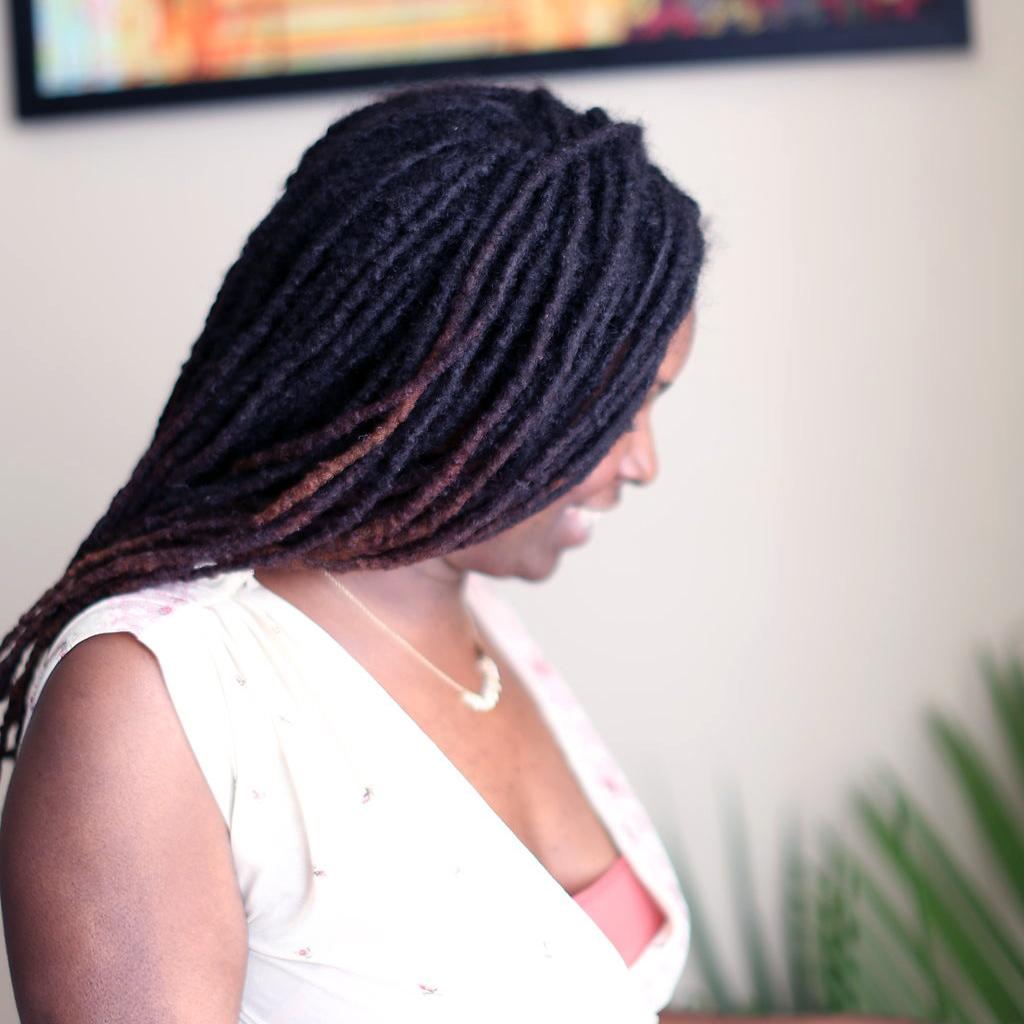Trending Now
Everything You Need to Know About Demi-Permanent Hair Color
How To Cover Gray Hair Around the Hairline?
What's The Difference Between Semi-Permanent & Permanent Hair Color?
What Causes Hair Loss? Reasons & Solutions, Explained
Dear Color Crew: How Do I Color Highlighted Hair?
Balayage vs. Highlights Differences: Which Is Best for You? | Madison Reed
How and When to Use Hair Gloss
Interview With A Colorist: Coloring Tips for Curly & Coily Hair
by Aki Hill {{"2020-07-08T07:45:00.000Z" | blogDate:'MMMM d, y'}}
Image by Madison Reed
Meet Aki Hill, our Color Bar manager for the Atlanta area...and 26-year veteran of the beauty industry. An accomplished hair artist, Aki studied and trained at Vidal Sassoon International before working at trade shows and as an assistant to fashion photographers. Since then, he’s distinguished himself as a total makeover artist on countless runway, theater, and television productions—and in print, for publications including the New York Post, Inked Girls Magazine, The Wall Street Journal, and Southern Seasons. His television work includes BET (Black Entertainment Television), Miss USA, NBC, Fox 5, HGTV, and Bravo’s Real Housewives of Atlanta. He’s styled Kerry Washington, Gwyneth Paltrow, Nicole Miller and Pam Anderson, among others. Today, he sat down with us—virtually, of course—to talk best practices for coloring coily, curly, and natural hair at home.
Q: Okay, so what’s the #1 most important thing women with curly, coily, or natural hair should know when coloring at home?
A: Hydration is essential. Textured hair tends to need a lot of moisture. If you’re coloring your hair regularly, I recommend using a deep-conditioning treatment at least twice a month.
Q: Hydrate, hydrate, hydrate—got it! Now, when it comes to choosing what at-home hair color to use, what are some ingredients to avoid?
A: Never use hair color that contains PPD or ammonia. Not only can these ingredients compromise the structure of coily or curly hair, they can make for an uncomfortable coloring experience.
Q: Since coily hair can be more porous, should you order an extra box?
A: Due to its porosity, curly hair has a tendency to absorb more product—so extra is always better when it comes to thick, dense curls. If your hair is longer than shoulder length, you should definitely add that extra tube.
Q: Can coloring your hair at home affect your curl pattern?
A: This is a myth! Coloring won’t change your hair growth pattern.
Q: What extra TLC can you give your coily hair after coloring? Any favorite products to share?
A: I absolutely love our Pro Boost Hydrate. I use it on my natural locks to make them softer and add shine. My favorite styling product for curls is Let’s Bounce™. It locks in their shape without being crunchy, stiff, or flaky.
Q: Beautiful. I think we’re ready to get started...
A: Awesome. Start by brushing out your hair, using a detangling brush to make sure it’s tangle-free. Next, section your hair into 4 quadrants. Part your hair to the left and right by taking a comb from the center of the front hairline, to the center of the back hairline (or nape area). Then divide your hair into a front and back section by taking a comb and parting the hair from the top of your head to the top of your ears on each side. Clip back these quadrants to help color each section with ease. Next, you’ll take each quadrant and make small sections, about 1'' apart, before applying color to your roots if you’re just retouching—or from roots to ends for an allover application. Continue with each section until you’re done.
As a finishing touch, I always like to add some product to support the curls, since letting coily hair air dry can separate curls and make them more puffy. But how you stick the landing is 100% up to you!
Thanks, Aki! Got more questions about coloring coily and curly hair at home? We’d love to hear from you in the comments.

It All Starts
With Color










